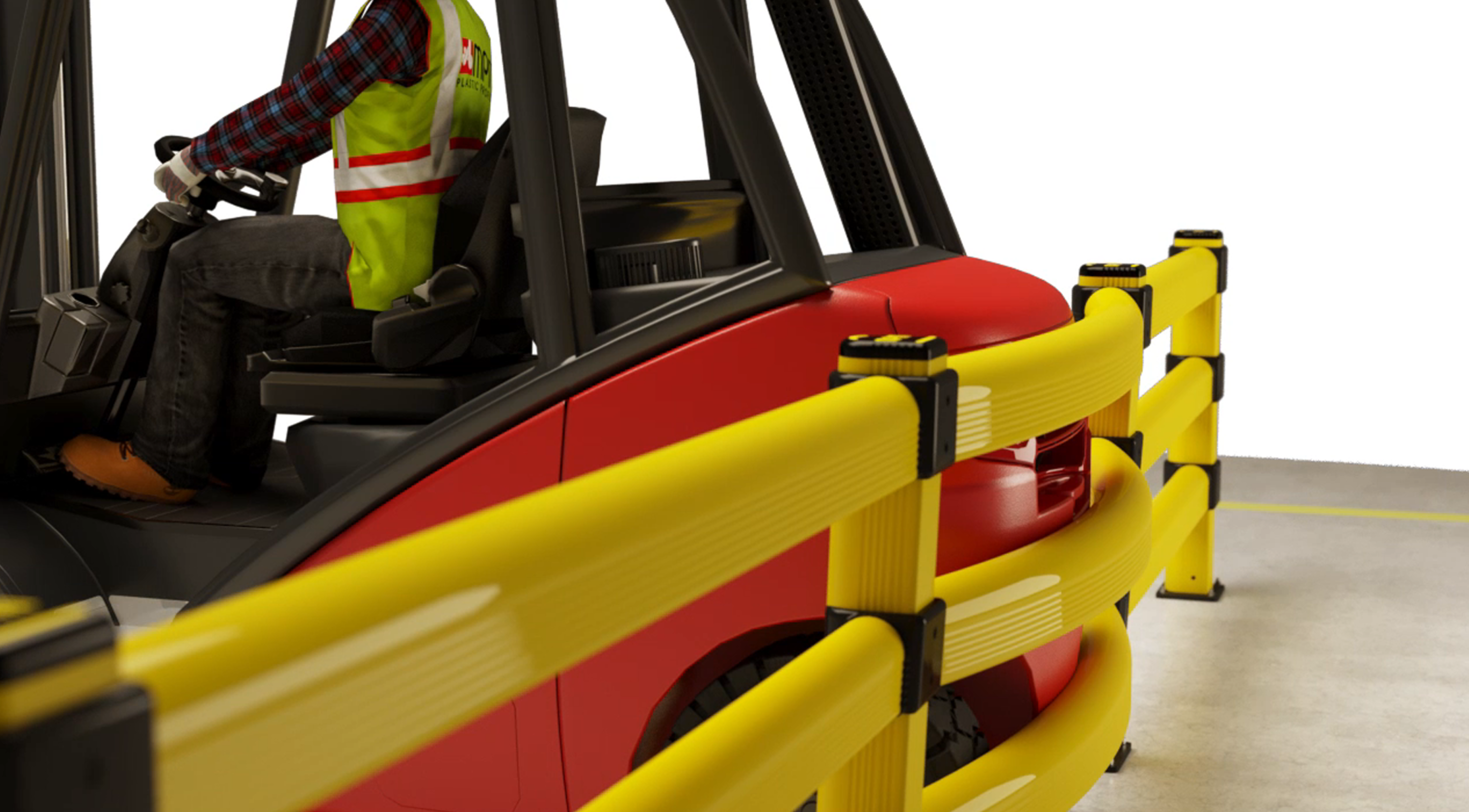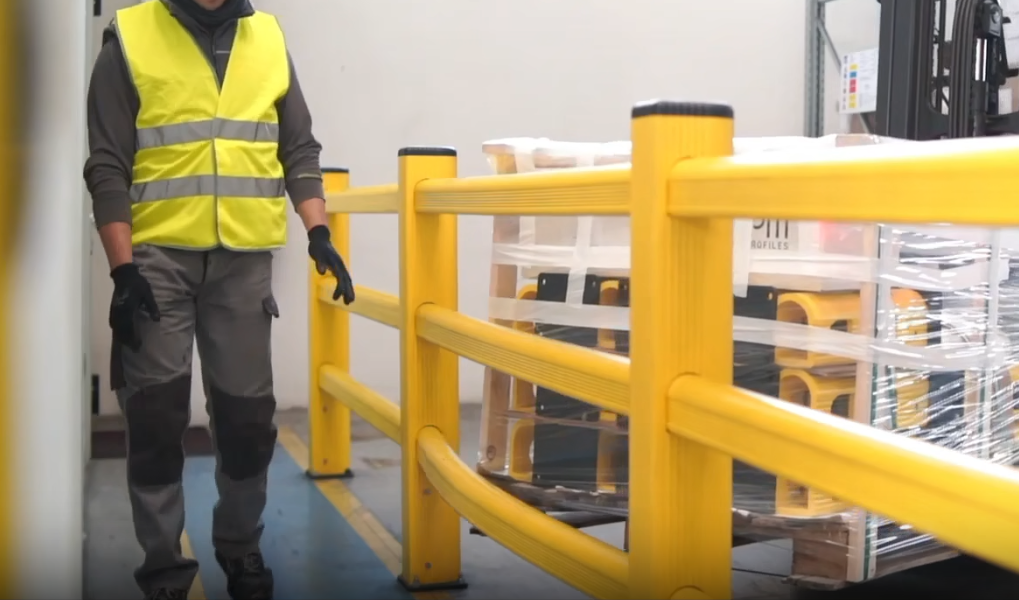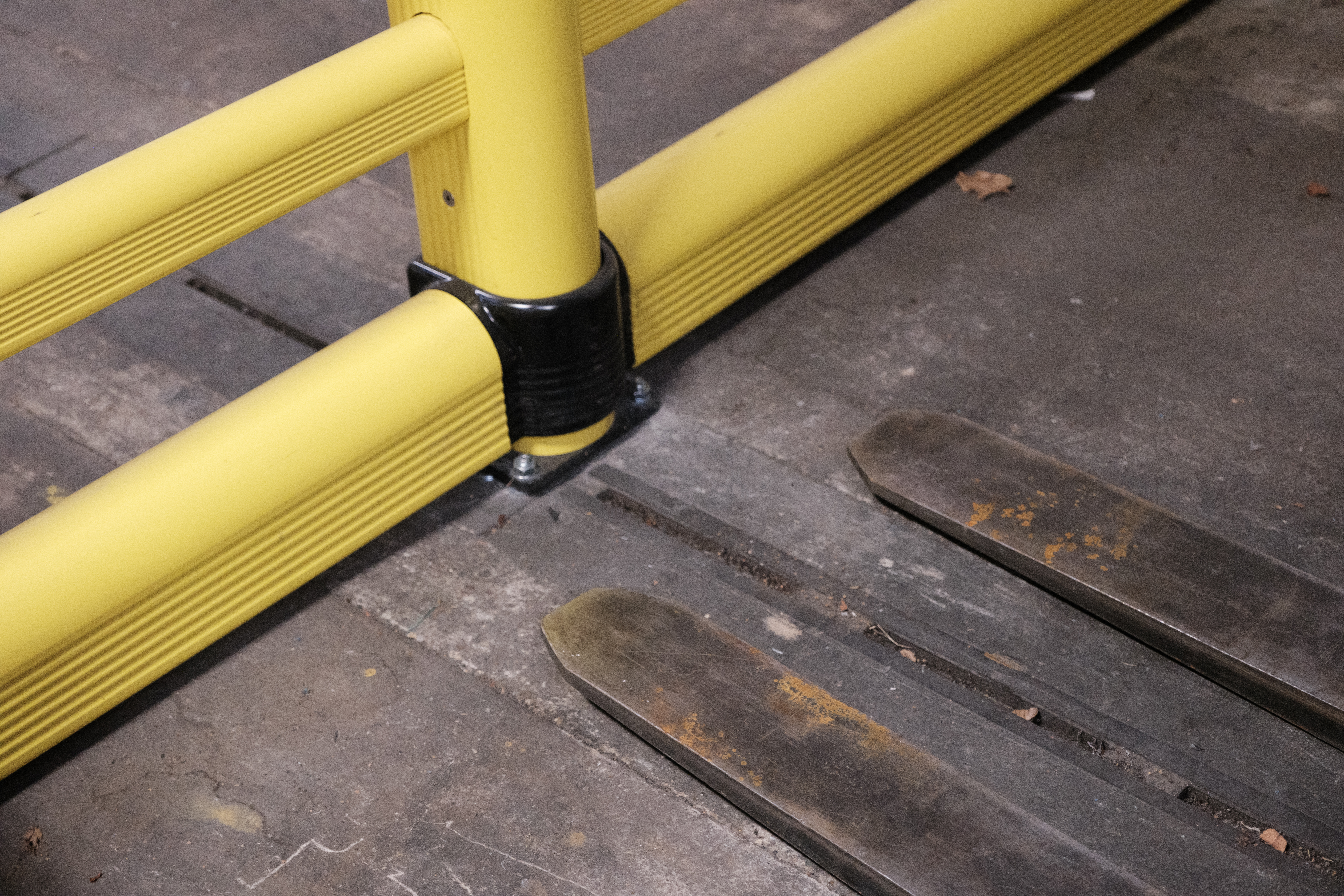How to Guarantee Your Polymer Safety Barrier Pitch Gets Approved
 By
Alana Graham
·
3 minute read
By
Alana Graham
·
3 minute read
So you're interested in installing polymer safety barriers, but you're unsure how you'll get budget approval from your finance director. To convince them this is a wise investment, you'll need to speak their language; it’s about showing barrier project ROI, long-term cost savings, and operational protection.
I’ve been in those rooms where good ideas die because they were pitched like product brochures. Specs alone won’t move your finance director. They want proof. They want numbers that matter to the bottom line. And they want real-world stories that make them think: “We’d be foolish not to do this.”
This guide will help you position safety barriers as a strategic, future-proof investment, so you’re not just asking for another safety purchase; you’re selling a profit protector:

1. Start with What They Actually Care About
Finance directors see the world in four buckets:
- Return on investment (ROI): How quickly will it pay for itself?
- Cost avoidance: What expensive problems will it prevent? Think forklift collision repairs, downtime, insurance hikes.
- Operational efficiency: Will it keep things running like clockwork?
- Compliance: Does it meet PAS 13 safety barrier compliance and insurer standards?
When you link your proposal directly to these outcomes, you move from “We need barriers” to “This protects our profit margins.”
Pitch opener example:
“Last year, we spent £38,000 on collision repairs and downtime. Installing flexible safety barriers would have eliminated most of those costs and kept production on track.”
2. Build a Safety Barrier Business Case - Not a Product Brochure
Forget glossy brochures. Show the human and financial reality.
- Accident cost analysis: One forklift hit can cost thousands in repairs, missed orders, and overtime.
- Maintenance savings: Unlike steel, polymer doesn’t rust, peel, or require constant repainting. This is the hidden cost-benefit of installing polymer safety barriers.
- Downtime reduction: Protects racking, conveyor lines, and infrastructure from impacts that grind operations to a halt.
Real-world proof: One distribution center we worked with had a single racking strike that cost £14,000 in lost time and repairs. They installed polymer barriers, and three months later, those same impact points took hits without a single repair bill.
Here's an example you could use to show the cost-benefit of metal vs. polymer safety barriers:

3. Speak in ROI Metrics They Already Track
Finance directors speak fluent numbers.
- “Installing polymer safety barriers reduced repair costs by 80% at our sister site.”
- “Average asset lifespan increased by five years - no annual replacement budget.”
- “Payback period? 22 months, then after that, it’s pure savings.”
When you present ROI in the language they already use, you make “yes” the safest answer.
4. Create Urgency Without Fearmongering
They’ll ask: “Can this wait?” Here’s how to answer without turning into a scare-monger:
- Escalating risk: Share actual near-misses from your site, or share some examples of real-life incidents that have had damaging outcomes.
- Cost creep: Delays mean higher repair costs and rising insurance premiums.
- Compliance deadlines: Is a PAS 13 safety barrier compliance review coming? Mention it.
The goal is simple: make waiting look riskier than acting now.
5. Sell Safety Barriers as a Long-Term Asset
Finance leaders plan in years, not weeks.
- Durability: Impact-resistant, corrosion-free.
- Modularity: Replace single sections, not whole systems.
- Sustainability: Recyclable materials tick ESG boxes.
This isn’t a cost, it’s an asset. It’s workplace safety barrier benefits that pay you back for years.
6. Use Real-World ROI Proof
Stories stick better than stats.
“A manufacturer avoided two weeks of downtime when polymer barriers absorbed a direct forklift hit preventing £80,000 in lost orders.”
Better yet, share one from your own site, or a relatable industry peer. Third-party proof makes it harder to dismiss. Some of our case studies can help you with this.
7. Present with Confidence
- Be concise: Three clear financial benefits.

- Be visual: Show a site plan with “protected” vs “vulnerable” areas.
- Be ready: Have exact costs, ROI, and timelines on hand.
Your aim is to make approval feel inevitable.
We Can Help
Pitching polymer safety barriers isn’t about selling a product; it’s about making the business case for safety barriers so financially undeniable that your finance director sees it as protecting profit, not just preventing injury.
Lead with safety barriers ROI, illustrate the cost-benefit of installing polymer safety barriers, and wrap it in proof they can’t ignore.
At Clarity Safety, we help companies justify safety investments with numbers, stories, and evidence. If you want to turn your polymer vs steel safety barriers debate into a signed-off project, we can help.
Get help from one of our experts.




